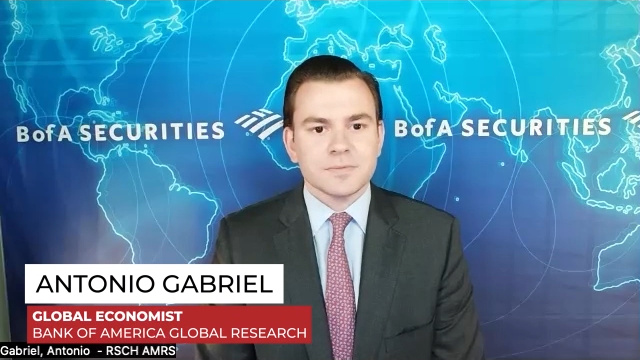
Antonio Gabriel, global economist with Bank of America Global Research, discusses recent trends in U.S. manufacturing activity, and the potential obstacles to reshoring.
The trend toward a return at least some manufacturing capacity to the U.S. has been evident for more than a decade, Gabriel says. That’s despite the fact that manufacturing today accounts for a much smaller share of American jobs than in the past — around 8% now, versus 30% in the 1980s. So the addition of 2 million manufacturing jobs in the last 15 years “doesn’t really move the needle of total jobs in the economy.”
A reshuffling of U.S. trading partners is underway. Since 2018, China has seen its share of U.S. imports shrink by around 8%, with other emerging economies such as Vietnam picking up much of that lost activity. Mexico in particular has benefited, Gabriel says, boosted by its participation in the U.S.-Mexico-Canada Agreement (USMCA). And while the Trump Administration has imposed tariffs on both Mexico and Canada, the amount is generally less than that borne by other countries.
Reshoring has been given a boost in recent years by U.S. legislation encouraging the expansion of domestic manufacturing capacity. That said, the current trend of reshoring peaked in 2022, when overall GDP growth was stronger than it is today. “It doesn’t mean [reshoring] is going away,” Gabriel says, “but it’s slowing down relative to a couple of years ago.”
A number of obstacles stand in the way of a large-scale effort to return production to the U.S. Chief among them is uncertainty generated by Trump’s tariffs, as manufacturers hold back to see what the amount will actually be. “One of the potential drags for GDP in the current year is the fact that investment decisions have to remain on pause until there’s some clarity about the rules of the game,” Gabriel says. And longer term, he adds, there’s the possibility that a future administration could reverse the tariffs, undercutting the economic justification for a major reshoring push.